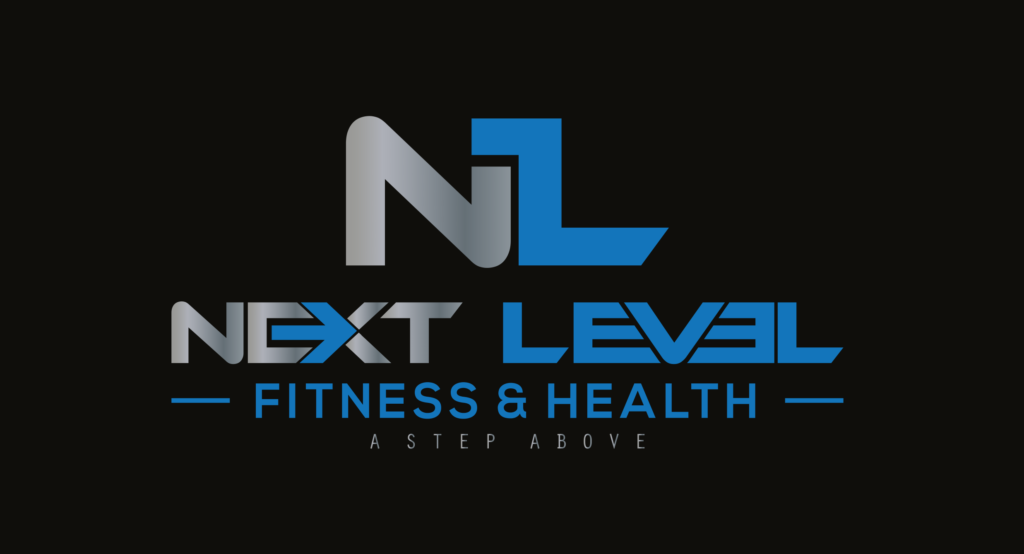Safety should always be your top priority whether you’re a beginner or an experienced gym-goer. Practicing proper safety techniques helps prevent injuries, improves workout efficiency, and ensures long-term fitness progress. This guide outlines essential gym safety tips that are easy to follow and applicable to everyone.
1. Warm-Up Properly
Before jumping into your workout, it’s important to get your body ready with a proper warm-up. Warming up gradually increases your heart rate, boosts circulation to your muscles, and improves flexibility, helping to prevent injury.
- What to Do: Start with 5-10 minutes of light cardio, like walking, cycling, or jumping jacks, followed by dynamic stretches (e.g., leg swings, arm circles).
- Why It Matters: A good warm-up prepares your muscles and joints for intense activity, reducing the risk of strains and sprains.
2. Use Proper Form and Technique
Using proper form ensures that you target the right muscles while avoiding unnecessary strain on your joints. Improper technique is one of the most common causes of gym injuries, especially during weightlifting.
- What to Do: If you’re unfamiliar with a particular exercise, consult a trainer or watch instructional videos. Practice the movement with little to no weight until you feel comfortable.
- Why It Matters: Poor form can lead to injuries such as muscle tears, joint problems, or long-term pain in areas like the lower back, shoulders, and knees.
3. Start with Manageable Weights
It’s tempting to lift heavier weights to see faster progress, but this can backfire if you overload your muscles too soon. Always start with a weight you can lift comfortably while maintaining proper form.
- What to Do: Choose weights that allow you to complete your set with good form, but that are challenging by the last few reps. Gradually increase the weight as your strength improves.
- Why It Matters: Lifting weights that are too heavy can lead to muscle strains, improper technique, and even serious injuries like hernias or joint dislocations.
4. Use a Spotter or Support Equipment
For exercises like bench presses, squats, or overhead lifts, using a spotter can be crucial. Spotters help you lift safely and can intervene if you’re struggling with a heavy weight. If you’re working out alone, using machines or safety bars can offer similar protection.
- What to Do: Ask a gym partner or someone nearby to spot you when attempting heavy lifts. If no one is available, opt for exercises that allow for safe failure, such as using dumbbells instead of a barbell.
- Why It Matters: Having a spotter can prevent dangerous situations where you’re unable to lift a weight, which can lead to severe injury.
5. Stay Hydrated
Proper hydration is key to maintaining performance and preventing dehydration, which can lead to dizziness, muscle cramps, and fatigue.
- What to Do: Drink water before, during, and after your workout. Aim for at least 8-10 ounces every 20 minutes during exercise, depending on intensity.
- Why It Matters: Dehydration can impair your focus, strength, and stamina, making you more prone to accidents and injuries.
6. Give Your Body Time to Rest
Overtraining is a common pitfall for people eager to see results quickly. However, not allowing your body adequate time to recover can lead to injury, burnout, and a weakened immune system.
- What to Do: Schedule rest days or lighter workouts throughout the week to give your muscles time to recover. A good rule is to avoid working the same muscle groups two days in a row.
- Why It Matters: Your muscles repair and grow during rest, not during the workout itself. Pushing too hard without recovery increases the risk of overuse injuries like tendonitis and stress fractures.
7. Clean and Sanitize Equipment
With shared equipment, it’s essential to maintain hygiene for both your safety and others. Sweat, bacteria, and germs can accumulate on gym surfaces, increasing the risk of infections.
- What to Do: Always wipe down equipment before and after use. Most gyms provide sanitizing wipes or spray, but you can bring your own towel as a precaution.
- Why It Matters: Cleaning gym equipment reduces the spread of germs, protecting you from infections such as skin rashes, athlete’s foot, or even more serious conditions like MRSA.
8. Listen to Your Body
Your body sends signals when it’s had enough. Ignoring pain or discomfort can turn a minor issue into a major injury.
- What to Do: If you experience sharp pain, dizziness, or extreme fatigue, stop the exercise immediately and assess the situation. Seek medical advice if the pain persists.
- Why It Matters: Pushing through pain can worsen injuries or cause long-term damage. Knowing when to rest or adjust your workout is essential for long-term fitness success.
9. Wear Appropriate Gym Attire
Wearing the right clothing and footwear helps ensure safety during workouts. Improper footwear, in particular, can lead to slips, falls, or poor support during exercises like running or weightlifting.
- What to Do: Wear moisture-wicking, comfortable clothes and supportive shoes suited for your activity (e.g., running shoes for cardio, weightlifting shoes for strength training).
- Why It Matters: Proper attire reduces the risk of injury, provides better movement, and helps you stay comfortable and focused throughout your workout.
10. Be Aware of Your Surroundings
Gyms can get crowded, and it’s easy to bump into others or mishandle equipment in a busy space. Staying mindful of your surroundings helps prevent accidents.
- What to Do: Always look around before moving equipment or beginning an exercise. Make sure there is enough space, and avoid working out too close to others.
- Why It Matters: Being spatially aware ensures that you avoid tripping over equipment, running into others, or being hit by misplaced weights.
By following these gym safety tips, you can enjoy a more productive, injury-free workout experience. Remember, safety isn’t just about avoiding accidents—it’s also about making consistent progress in your fitness journey. Warming up, using proper form, staying hydrated, and listening to your body are simple yet effective strategies that benefit everyone, from beginners to seasoned athletes.




